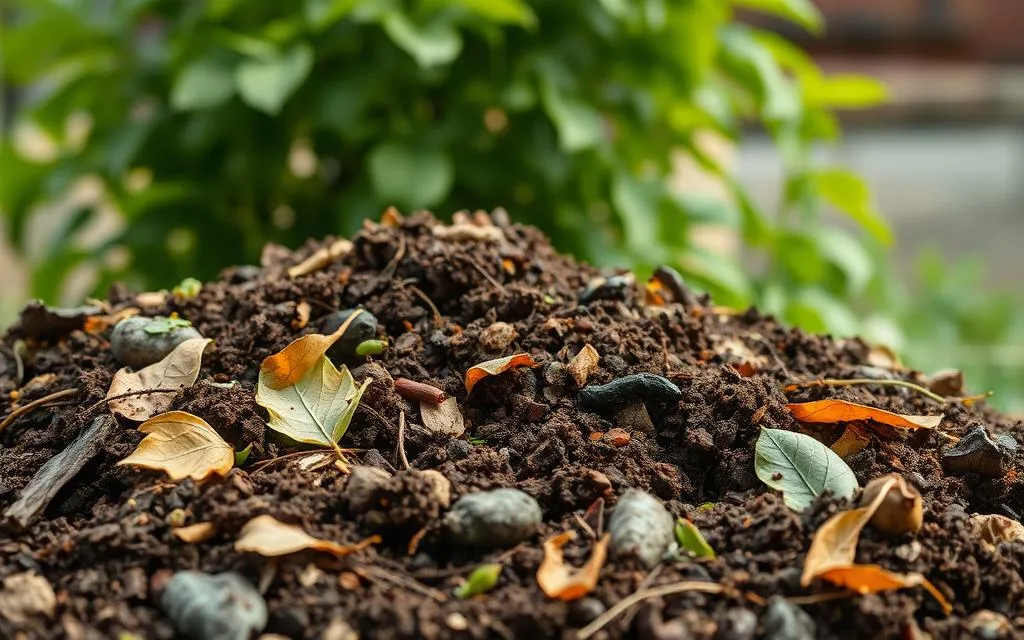Learn how to start living a green lifestyle today with practical tips like reducing waste, conserving energy, and embracing sustainable habits. Have you ever wondered how small lifestyle changes can make a big difference for the planet? The journey toward sustainability doesn’t have to be overwhelming. Whether you’re a seasoned eco-warrior or someone just starting, understanding how to start living a green lifestyle today can set you on a path to meaningful change. This guide dives deep into practical steps that you can take right now to reduce your carbon footprint, live more sustainably, and contribute to a healthier Earth. How to Start Living a Green Lifestyle Transitioning to a green lifestyle involves thoughtful choices in every aspect of your life. Let’s explore ten actionable steps to begin your eco-friendly journey. 1. Reduce, Reuse, Recycle This classic mantra remains the foundation of a green lifestyle. But how do you effectively incorporate it into your daily life? Why Reduce Matters Reducing waste starts with mindful consumption. Choose products with minimal packaging, say no to single-use plastics, and avoid unnecessary purchases. By reducing waste at its source, you help limit landfill overflow and save resources. Creative Ways to Reuse Instead of discarding items, think creatively about how they can be reused. Glass jars can become storage containers, old clothes can be repurposed as cleaning rags, and furniture can be refurbished instead of replaced. Recycle Smartly Recycling isn’t just about throwing things in a blue bin. Learn the rules for your local recycling program and ensure items are cleaned and sorted correctly. Electronics, batteries, and certain plastics require special handling, so research drop-off locations in your area. 2. Conserve Energy Energy conservation is a crucial component of sustainable living. But where do you begin? Upgrade to Energy-Efficient Appliances Invest in appliances with ENERGY STAR ratings, which use significantly less power. Switching to LED light bulbs can also make a noticeable difference in your energy bills. Be Mindful of Usage Turn off lights, unplug devices when not in use, and use timers for outdoor lighting. Simple habits like these can save energy and reduce your utility costs. Harness Renewable Energy If possible, consider installing solar panels or using green energy providers. While the upfront cost may be high, the long-term benefits for the environment—and your wallet—are worth it. 3. Choose Sustainable Transportation Your daily commute plays a significant role in your carbon footprint. Here’s how to make greener choices. Walk or Bike When Possible Short trips can often be completed without a car. Walking or cycling not only reduces emissions but also promotes physical health. Carpool and Use Public Transit Sharing rides or taking buses and trains significantly lowers the number of vehicles on the road. It’s a win for the environment and your wallet. Consider Electric Vehicles If you’re in the market for a new car, explore electric or hybrid models. These vehicles produce fewer emissions and are becoming increasingly accessible. 4. Support Eco-Friendly Brands Your purchasing power can influence the market. How do you ensure you’re supporting the right companies? Look for Certifications Seek out brands with certifications like Fair Trade, Organic, or Cruelty-Free. These labels ensure that the company meets strict environmental and ethical standards. Shop Local Supporting local businesses reduces the carbon footprint associated with shipping and transportation. Plus, it fosters community growth. Research Companies Take the time to learn about a brand’s sustainability practices. Many companies publish sustainability reports that detail their impact on the environment. 5. Eat Responsibly What you eat affects the planet. Small dietary changes can make a big impact. Reduce Meat Consumption Livestock farming is a major contributor to greenhouse gas emissions. Incorporate more plant-based meals into your diet to lower your environmental impact. Choose Seasonal and Local Produce Buying fruits and vegetables in season reduces the need for long transportation. Support local farmers by purchasing from markets or joining a community-supported agriculture (CSA) program. Minimize Food Waste Plan meals, store food properly, and compost scraps to cut down on waste. Leftovers can often be repurposed into new dishes. 6. Save Water Water is a precious resource that should never be taken for granted. Fix Leaks Immediately A dripping faucet might seem minor, but it can waste gallons of water over time. Regularly inspect and repair plumbing issues. Install Low-Flow Fixtures Low-flow showerheads and faucets reduce water usage without compromising performance. Many modern designs are both eco-friendly and stylish. Adopt Water-Saving Habits Turn off the tap while brushing your teeth, use a broom instead of a hose to clean driveways, and collect rainwater for outdoor use. 7. Avoid Fast Fashion The fashion industry is one of the largest polluters. Here’s how to dress sustainably. Invest in Quality, Not Quantity Choose durable clothing that lasts longer. Fast fashion often falls apart quickly, leading to more waste. Shop Second-Hand Thrift stores are treasure troves for unique and affordable clothing. By shopping second-hand, you give garments a second life. Support Ethical Brands Seek out brands that prioritize sustainable materials, ethical labor practices, and transparent operations. 8. Embrace Green Cleaning Your cleaning routine can be both effective and eco-friendly by embracing green alternatives. Small changes in the way you clean can significantly reduce harmful chemicals in your home and lessen your environmental footprint. Use Natural Products Many commercial cleaning products contain toxic chemicals that can harm both your health and the environment. By switching to natural options like vinegar, baking soda, and essential oils, you can achieve the same level of cleanliness without the negative effects. Vinegar is a versatile cleaner that can disinfect surfaces and remove stubborn stains, while baking soda excels as a gentle abrasive for scrubbing grime. Essential oils like lavender or tea tree not only add a pleasant aroma but also have natural antibacterial properties, making them an excellent addition to your homemade cleaners. Avoid Disposable Cleaning Supplies Disposable cleaning items like paper towels and single-use wipes are convenient but create a significant amount of waste. Instead, opt for reusable microfiber cloths, which are






